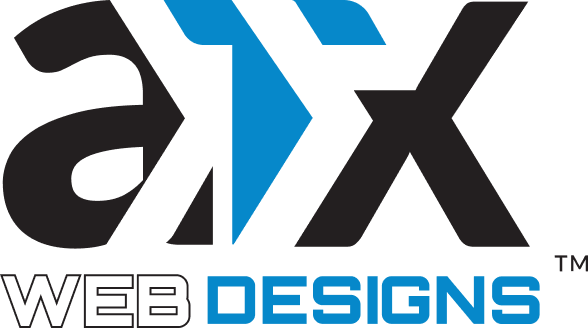A well-performing website is crucial for engaging visitors, improving user experience, and driving conversions. In this blog post, we’ll share actionable tips and tricks from ATX Web Designs to help you optimize your website’s performance. From enhancing page load speed to implementing caching and image optimization techniques, these strategies will not only improve your website’s user experience but also showcase the expertise of ATX Web Designs in delivering high-performance websites.
- Prioritize Page Load Speed
Page load speed is a critical factor that impacts user experience and search engine rankings. To enhance your website’s performance, prioritize page load speed by minimizing HTTP requests, optimizing code and scripts, and leveraging browser caching. ATX Web Designs specializes in optimizing website speed by analyzing and streamlining code, minimizing unnecessary plugins, and leveraging industry best practices to ensure your website loads quickly and efficiently. - Implement Caching
Caching involves storing website data temporarily, allowing subsequent page visits to load faster. ATX Web Designs suggests implementing browser caching and server-side caching to reduce the load on your server and enhance website performance. By leveraging caching techniques, such as Expires headers, ETags, and Content Delivery Networks (CDNs), you can significantly improve the load time of your web pages, resulting in a better user experience and higher conversion rates. - Optimize Images
Large image files can slow down page load times, so optimizing images is essential. ATX Web Designs recommends compressing images without compromising quality, using image formats suitable for different types of content (JPEG for photographs, PNG for graphics), and specifying image dimensions to prevent unnecessary resizing. Additionally, lazy loading techniques can be implemented to load images as users scroll down the page, further improving load times. These image optimization strategies will help your website load faster and provide a smoother browsing experience for visitors. - Minimize Code and Scripts
Excessive code and scripts can weigh down your website and increase load times. ATX Web Designs emphasizes the importance of minifying CSS and JavaScript files by removing unnecessary characters, spaces, and line breaks. Additionally, they recommend deferring JavaScript execution to prioritize the loading of critical content first. By minimizing code and scripts, your website will become leaner and load faster, resulting in improved user satisfaction and better search engine rankings. - Regularly Update and Maintain Your Website
Regular updates and maintenance are crucial for optimal website performance. ATX Web Designs advises keeping your website’s CMS, plugins, and themes up to date to ensure compatibility and security. They also recommend performing routine checks for broken links, fixing any issues promptly, and monitoring website performance using tools like Google Analytics. By staying proactive with website maintenance, you can identify and address potential performance bottlenecks, enhancing user experience and safeguarding your website against vulnerabilities.
Maximizing website performance is vital for providing a seamless user experience and driving online success. By implementing these actionable tips and tricks from ATX Web Designs, such as prioritizing page load speed, leveraging caching, optimizing images, minimizing code and scripts, and conducting regular website maintenance, you can ensure your website performs optimally and stands out in a competitive online landscape.






